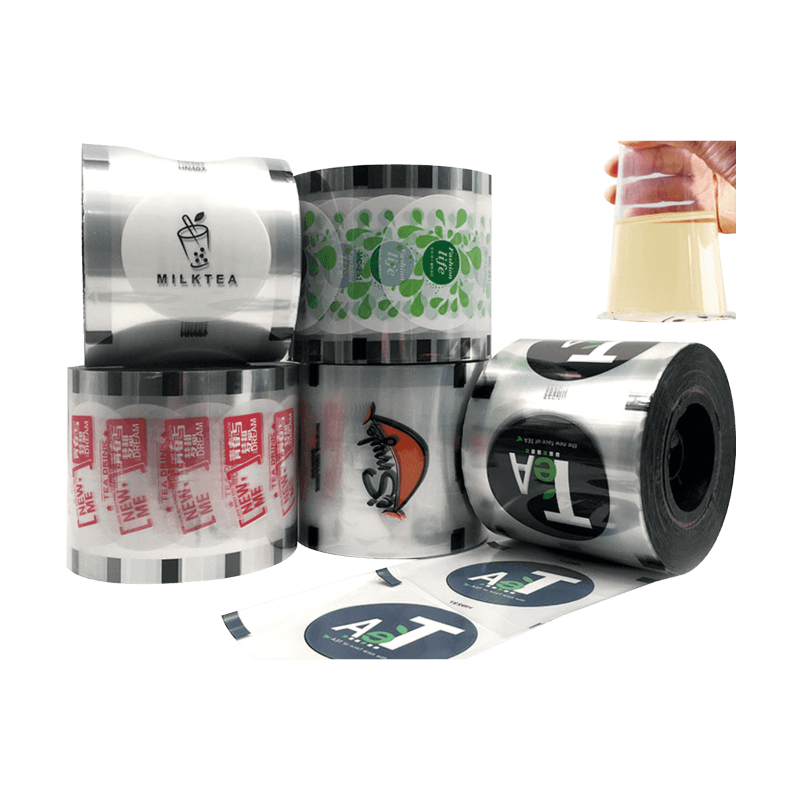Packaging films are an essential component of modern product packaging, serving to protect goods, extend shelf life, and enhance visual appeal. Among the critical properties of these films, tensile strength and tear resistance play vital roles in determining their performance. In this article, we will delve into what these terms mean, their significance in the packaging industry, and how they affect the overall quality of packaging films.
What is Tensile Strength?
Tensile strength is the maximum amount of tensile (pulling) stress a material can withstand before failure or breaking. It is measured in pounds per square inch (psi) or megapascals (MPa). For packaging films, high tensile strength is essential because it ensures that the film can withstand the stresses of transportation, handling, and storage without tearing or breaking.
In practical terms, a packaging film with a higher tensile strength can support heavier products without compromising its integrity. For example, polyethylene films commonly used in grocery bags can have tensile strengths ranging from 2500 to 5000 psi, making them suitable for carrying various items without risk of rupture.
The Importance of Tear Resistance
While tensile strength measures how much stress a material can handle, tear resistance refers to a material's ability to withstand the propagation of a tear once it has started. This property is crucial in packaging films because even a small tear can quickly lead to a larger one, compromising the protection of the product inside.
Tear resistance is typically evaluated using standardized tests, such as the Elmendorf test, which measures the force required to tear a sample of film. Films with high tear resistance are particularly valuable for packaging products that may have sharp edges or irregular shapes, as these can easily puncture or tear weaker films. For instance, when packaging tools or hardware, a film with high tear resistance ensures that it doesn't fail during handling or transport.

Several factors influence the tensile strength and tear resistance of packaging films, including:
Material Composition: Different polymers exhibit varying strengths and resistances. For example, oriented polypropylene (OPP) films are known for their excellent tensile strength, while low-density polyethylene (LDPE) films offer good tear resistance.
Thickness: Generally, thicker films tend to have higher tensile strength and better tear resistance. However, this must be balanced against the need for flexibility and cost-effectiveness in production.
Additives and Treatments: Many films are enhanced with additives that improve their mechanical properties. For instance, incorporating plasticizers can increase flexibility, while anti-tear additives can bolster tear resistance.
Understanding the tensile strength and tear resistance of packaging films is crucial for manufacturers and consumers alike. These properties not only determine how well a film can protect products but also influence the overall efficiency of packaging processes. By selecting the right materials and ensuring optimal film characteristics, businesses can enhance product safety and satisfaction. As the packaging industry continues to evolve with new materials and technologies, keeping an eye on these fundamental properties will remain essential for success.